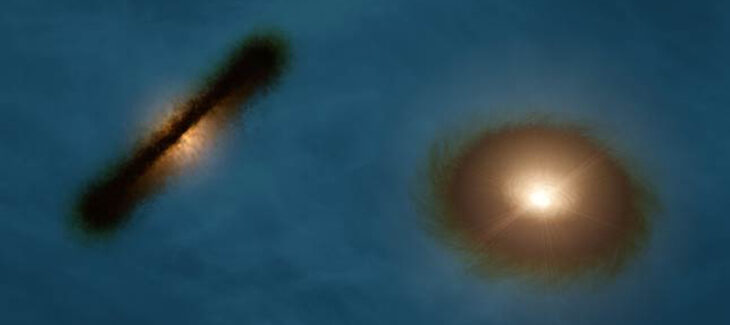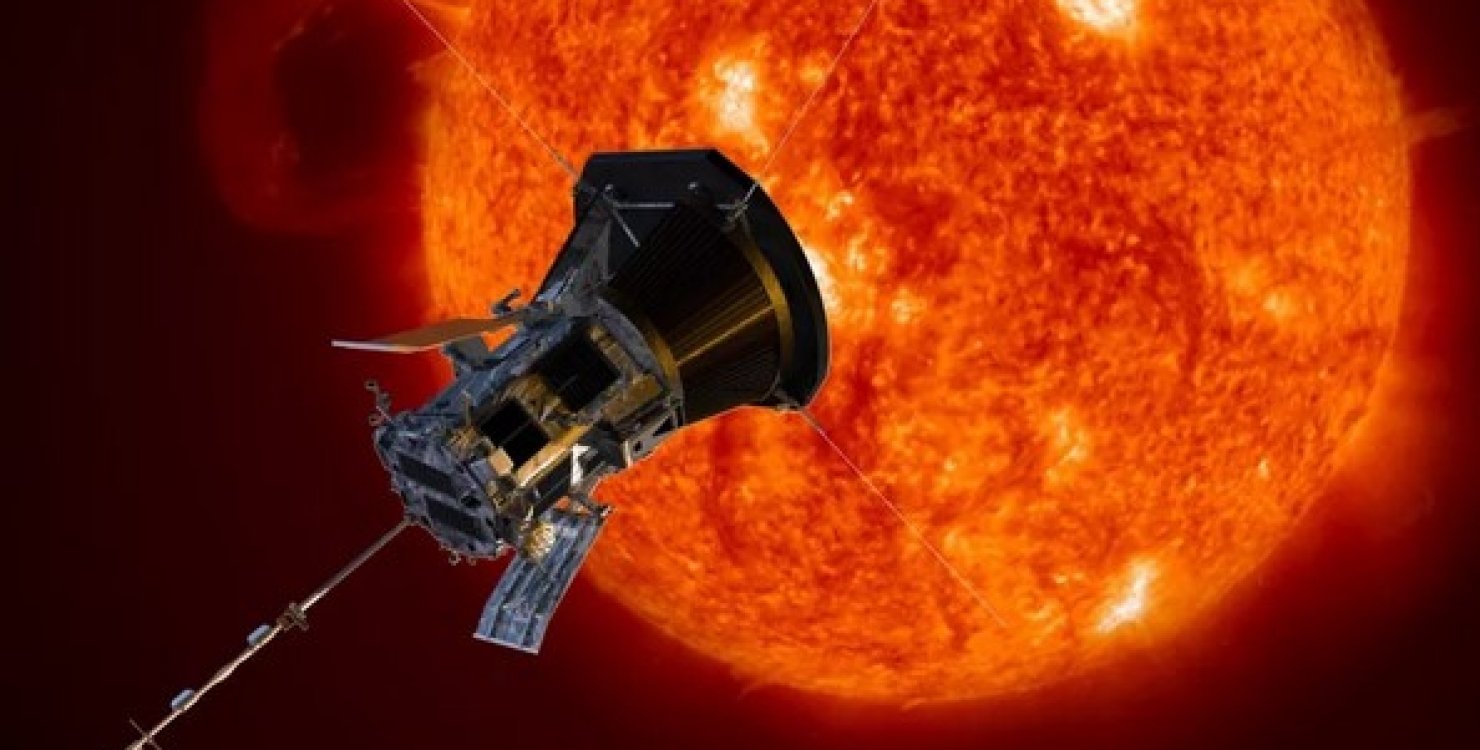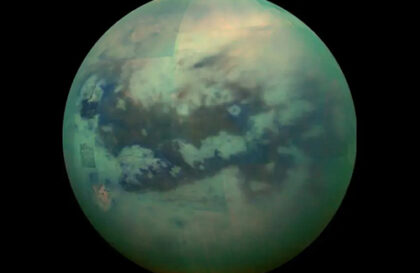Unlike our single Sun, most stars form binary systems—two stars orbiting each other. These pairs of stars are prevalent. But the question arises: how and where do planets form in such a complex environment?
The HK Tauri system consists of two young stars located in the constellation Taurus, approximately 450 light years from Earth. Less than five million years old, these stars are separated by 37 billion miles (58 billion kilometers).
HK Tauri B, the fainter of the pair, has a protoplanetary disk that obscures the star’s light when observed from Earth. This allows astronomers to obtain clear images of the disk in visible and short-wave infrared light.
HK Taurus A also has a disk that does not block starlight. Therefore, it is not visible in visible light since the glow of the disk is eclipsed by the star. However, this disk glows brightly in light with a wavelength of about one millimeter, which the ALMA telescope detects.
Using ALMA, the research team could see the disk around HK Tauri A and measure its rotation for the first time. This allowed astronomers to calculate that the planes of rotation of the two disks differ from each other by at least 60 degrees. Instead of spinning in the same plane as the two stars, at least one of the disks must spin at a completely different angle.
Using ALMA, astronomers have discovered a unique pair of gaseous disks in the binary star system HK Tauri that are forming planets. These disks unusually orbit the two young stars, helping to understand the strange shape and inclination of the orbits of many exoplanets.
Sammansatt bild av HK Tauri från Hubble och ALMA. Credit: NASA/ESA Hubble Space Telescope
Rachel Akeson of NASA’s Exoplanet Science Institute at Caltech commented that the new ALMA data on HK Tauri revealed unique details about the young binary star system, confirming previous speculation about such systems in a clearer way.
Stars and planets arise from clouds of dust and gas that rotate and collapse under the influence of gravity, forming protoplanetary disks around young stars. In binary systems like HK Tauri, the process is more complicated: if the orbits of the stars and disks are not aligned, this can lead to warped and elongated orbits of the planets.
Observations support the possibility of such orbital distortions in binary systems, possibly due to the way they are formed.
If two stars and their disks do not rotate in the same plane, the gravity of one star affects the other disk. This can cause the disc to process or rock back and forth. A planet forming in one of these disks will also be affected by the gravity of the other star, which can cause the orbit to tilt or warp.
Scientists are gaining new insights into young binary systems thanks to ALMA, which can see dust and gas in protoplanetary disks.
Credit: ALMA / ESO
Rachel Akeson emphasizes the importance of these observations: they provide an opportunity to study the system at an early stage, when the disks are still present, which helps to understand their formation processes.
In the future, researchers want to determine whether such systems are common.
Banner image: NASA/ESA Hubble Space Telescope
Image credit:
https://www.eso.org
https://www.eso.org
https://www.eso.org





